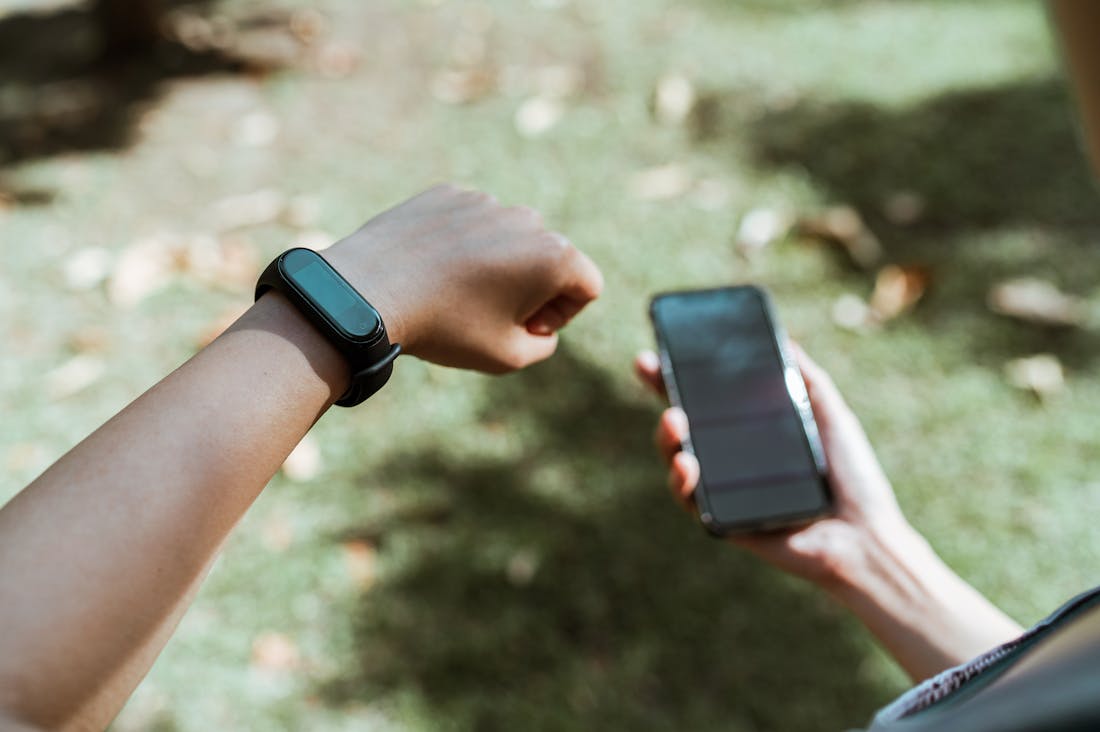In today's fast-paced world, the convergence of technology and health has revolutionized the way we approach our well-being. Wearable devices, from fitness trackers to smartwatches, empower individuals to monitor their health in real-time. These innovative gadgets enable users to gather data on vital signs, activity levels, and sleep patterns, ultimately fostering healthier lifestyles and enhancing overall wellness. This exploration delves into the myriad ways wearable technology is transforming healthcare, promoting preventive measures, and encouraging personal accountability in maintaining optimal health. By harnessing the potential of these devices, we open new avenues for improved health outcomes and a more informed society.

The Rise of Wearable Health Technology
The rise of wearable health technology represents a significant shift in how individuals monitor and manage their health. Devices such as fitness trackers, smartwatches, and health bands have gained immense popularity due to their advanced capabilities that allow users to track vital signs, monitor physical activity, and even assess sleep quality in real time. As awareness of personal health and wellness increases, many people are leveraging these technologies to gain insights into their lifestyle habits, set fitness goals, and address potential health issues proactively. Furthermore, advancements in sensors and data analytics enhance the accuracy and usability of these devices, fostering a more health-conscious society. This trend is not only empowering individuals to take charge of their own health but also driving innovation in telemedicine and personalized healthcare solutions, ultimately leading to a more preventative approach in health management.

Key Benefits of Using Wearable Devices
Wearable devices, such as smartwatches and fitness trackers, offer numerous key benefits that enhance both health and lifestyle management. One of the primary advantages is the ability to monitor health metrics in real time, including heart rate, sleep patterns, and physical activity levels, promoting greater awareness of health behaviors. This instant feedback can motivate users to adopt healthier habits, such as regular exercise and better sleep hygiene. Additionally, many devices offer connectivity features, allowing users to receive notifications, track their progress, and access relevant apps directly from their wrists. This convenience can lead to better time management and goal achievement. Moreover, many wearables are designed to integrate with other smart devices, creating a cohesive ecosystem that facilitates user engagement and boosts productivity. Ultimately, wearable technology empowers individuals to take charge of their wellness journeys, fostering a proactive approach to health and fitness.

Future Trends in Health Technology
Future trends in health technology are poised to revolutionize patient care, enhance medical research, and streamline healthcare systems. The integration of artificial intelligence (AI) and machine learning is expected to facilitate more accurate diagnostics and personalized treatment plans. Wearable health devices will continue to evolve, enabling real-time monitoring of vital signs and chronic conditions, thus empowering patients to take charge of their health. Telemedicine's expansion will bridge geographical gaps, providing access to specialists for remote populations. Additionally, advancements in genomics and biotechnology will pave the way for precision medicine, making treatments more effective. Overall, these innovations promise to create a more efficient, patient-centered healthcare ecosystem.
The Role of Data Privacy in Wearable Health Technology
As wearable health technology becomes more prevalent, concerns regarding data privacy and security are increasingly important. Users often share sensitive health information through these devices, raising questions about who has access to this data and how it is used. Companies must implement robust data protection measures to ensure that personal health information is safeguarded. Transparency in data handling practices is crucial, and users should be educated about their rights concerning their data. Establishing regulations that prioritize user privacy while promoting innovation in wearable technology can foster trust and encourage broader adoption among users.
The Impact of Wearable Technology on Mental Health Awareness
Wearable technology is not only transforming physical health monitoring but also playing a significant role in promoting mental health awareness. Devices equipped with stress tracking and mindfulness features encourage users to recognize and manage their mental well-being actively. By providing insights into stress levels, sleep quality, and mood patterns, wearables empower individuals to identify triggers and develop healthier coping mechanisms. This holistic approach encourages users to prioritize mental health alongside physical fitness, leading to a more balanced lifestyle. As mental health continues to gain recognition, wearable technology serves as a valuable tool in promoting mental wellness and self-care.
Integrating Wearables with Fitness and Health Communities
The integration of wearable technology with fitness and health communities fosters a sense of belonging and motivation among users. Many wearables now offer social features, allowing users to connect, share progress, and engage in challenges with friends or online groups. This social interaction can enhance accountability and encouragement, making the journey towards improved health more enjoyable. Community-driven platforms that utilize data from wearables can create tailored programs, fostering a supportive environment for users. By combining technology with social engagement, individuals are more likely to stay committed to their health goals while building lasting relationships with like-minded individuals.
Wearable Devices and Their Role in Chronic Disease Management
Wearable devices are increasingly being recognized for their potential in managing chronic diseases, such as diabetes, hypertension, and heart disease. These devices enable continuous monitoring of vital signs and health metrics, providing valuable data that can help patients and healthcare providers make informed decisions. For instance, glucose monitors can alert patients to fluctuations in blood sugar levels, prompting timely interventions. This proactive approach not only helps manage conditions more effectively but also reduces hospital visits and healthcare costs. By empowering patients with real-time data, wearable technology enhances the quality of care and supports better health outcomes for chronic disease sufferers.
AI-Assisted Content Disclaimer
This article was created with AI assistance and reviewed by a human for accuracy and clarity.